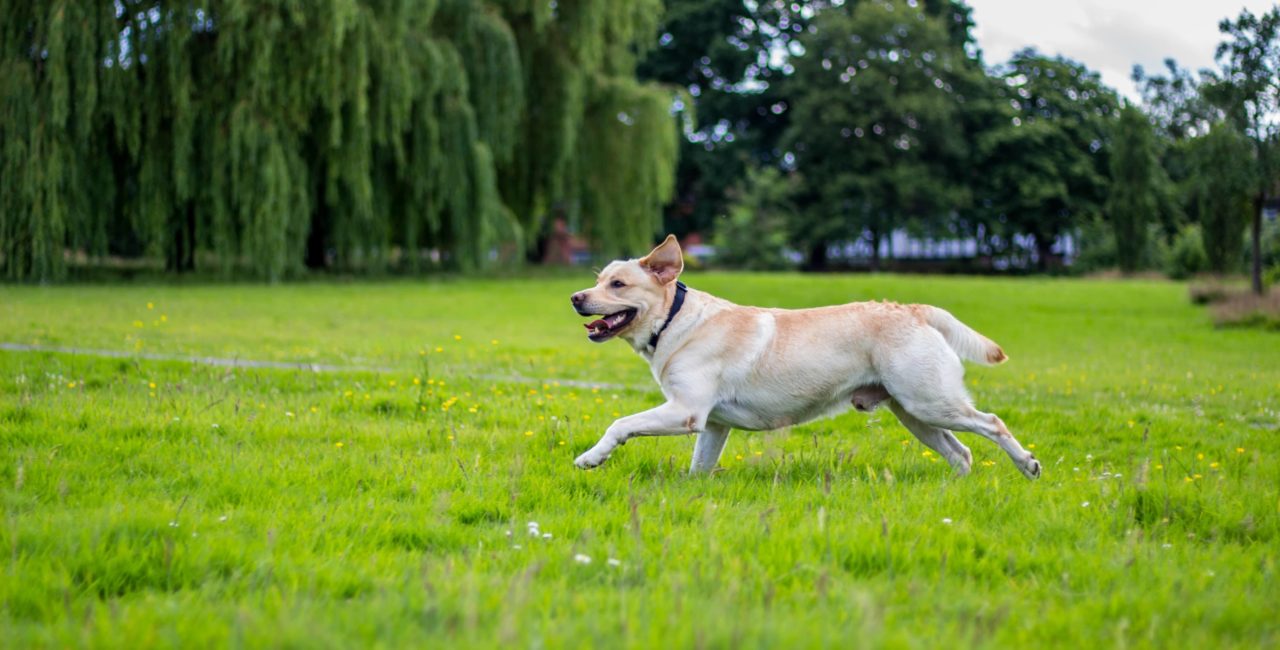Here are a few tips and tricks to determine if your pet has either fleas, ticks or worms.
Fleas
Visual check and inspection is the best way to know if your pet has fleas. Start by parting the fur at the most common areas to find them, such as on his belly, groin area, the base of the tail and around the head. Fleas will be moving and jumping around. While flea dirt is a mix of blood and flea poop, they look like small specks of dirt or pieces of black pepper.
We can also use a flea comb to brush the fleas and flea dirt out for proper identification. Because the fleas get trapped in the brush, make sure to have a bowl of hot water nearby to dunk it in after each swipe.
The White Towel Test
Brush your pet over a white towel. If you see any specks of dirt or dark spots falling off onto the sheet, you know you’ve got a problem. We can either identify the flea or flea dirt.
If you find what you suspect to be flea dirt on your pet, grab a damp paper towel. Flea feces turn reddish-brown when they get wet.
Ticks
Brush your fingers through their fur while touching the skin with enough pressure to feel any small bumps and look for areas that appear irritated. Be sure to check between the toes, behind ears, under armpits and around the tail and head.
We recommend checking your dog for ticks after all outdoor playtime and walks, even if your pet is on a preventive treatment.
Worms
The best way to determine if your pet has worms is to look at their poop. Worms are visible in their feces, in their fur, around their bum area or in their vomit. Most commonly, we can see noodle-like or rice sized worms in their feces or vomit.
We often see puppies and kittens with bloated, round bellies, commonly caused by worms in their belly.
If you think your pet has fleas, a tick or has worms, contact your veterinarian for information about the appropriate treatment and cleaning recommendations.
Written by Monica Blanchard, RVT



